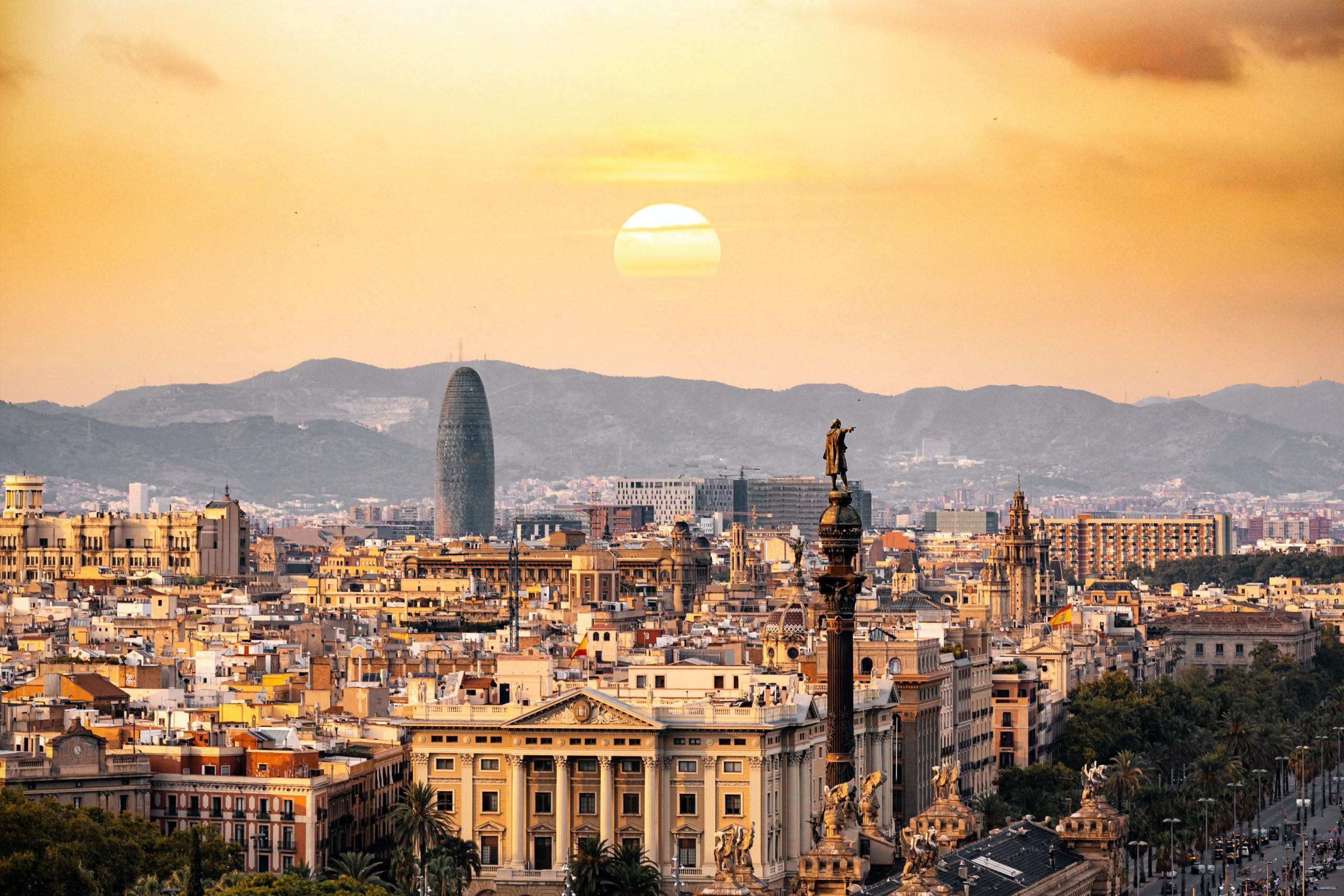1926 and 1967, two precedents in Barcelona
The 1920s were very turbulent years, with a great repression of the dictatorship of Primo de Rivera against the labour movement. Despite social conflicts, Barcelona’s first metro line was put into operation in 1924, the first of the two lines called Gran Metro. In 1926 the second line of the Gran Metro opened, together with a third line operated by another company, the Transversal.
The opening of the metro in the city was a good reason to organize the 20th Congress of the UITP, that was then named as the International Congress of Tramways, Local Railways and Public Motor Transport. After the Congress and the International Exhibition of 1929 – and with the covering of the Sarrià railway that is currently managed by FGC– metro and buses gradually gained ground compared to trams.
Visit of delegates to Terrassa on the occasion of the 1926 World Congress
It took 16 congresses and 38 years for the UITP Summit to return to Barcelona. In 1967, we found a very different city in which the car was already an element competing with public transport. Although the growth of the car fleet led to the progressive elimination of trams, the sixties were also a good time for the expansion of the metro in the city.
When the Congress was held in 1967, the main lines of what is today the Rodalies network had been buried in the city centre, Sarrià metro had completed its covering, and the municipalization of the metro had allowed the extension of the current metro lines 1 and 2 to the limits of the city. The Congress served as a stimulus for a new jump in the number of lines and kilometres of tunnel that was carried out in the seventies.
Visit of delegates to Barcelona’s subway on the occasion of the 1967 World Congress



